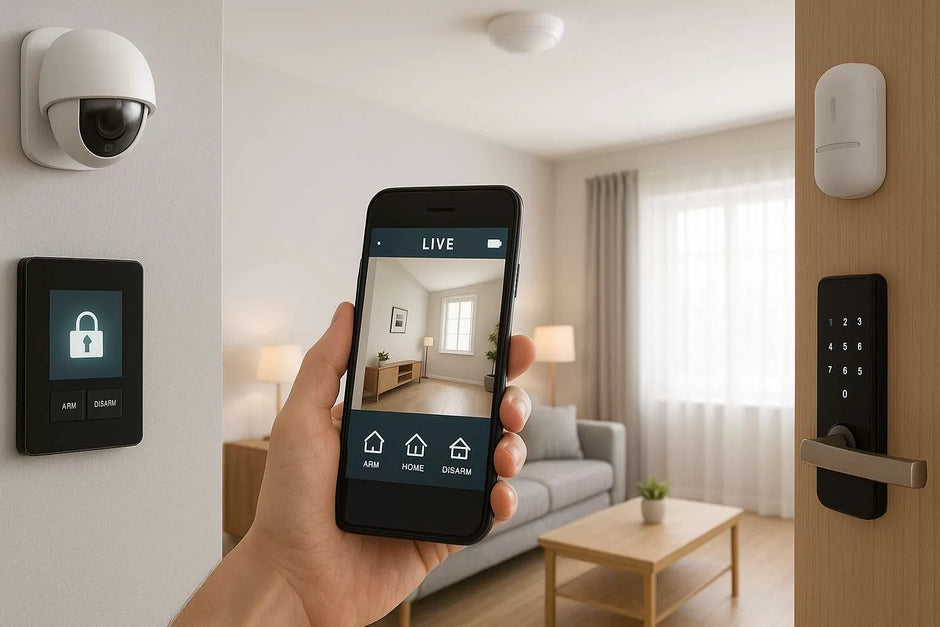In an age where safety and convenience go hand in hand, homeowners are increasingly faced with a decision: traditional home alarm systems or smart home security solutions? While both serve the primary goal of protecting your home, they differ significantly in technology, functionality, and overall experience.
Let’s break down the key differences to help you determine which system best suits your needs.
What is a Traditional Home Alarm System?
A traditional home alarm system typically includes:
-
Door and window sensors
-
Motion detectors
-
A central control panel
-
A loud siren or alarm
-
Optional monitoring via a third-party security company
These systems have been around for decades and are designed to alert you—or a monitoring center—when a break-in or suspicious movement is detected. Many rely on landline or cellular connections to communicate with monitoring services.
Pros:
-
Time-tested reliability
-
Often professionally installed
-
Immediate response from emergency services (if monitored)
Cons:
-
Limited remote control and automation
-
Requires professional updates or reinstallation for changes
-
Often tied to long-term contracts and fees
What is a Smart Home Security System?
Smart home security systems bring technology and connectivity into the mix. These systems often include:
-
Wi-Fi-enabled cameras (indoor/outdoor)
-
Smart locks
-
Video doorbells
-
App-controlled alarms and motion sensors
-
Integration with other smart devices (like lights or thermostats)
Smart systems allow you to monitor and control your home security from anywhere using a smartphone or voice assistant like Alexa or Google Assistant.
Pros:
-
Real-time alerts and live video feeds
-
Greater customization and scalability
-
Integration with broader smart home ecosystem
-
No or low monthly fees with DIY options
Cons:
-
Requires reliable Wi-Fi and power
-
Can be more complex to set up
-
Privacy concerns with cloud-based devices
Key Differences at a Glance
| Feature | Traditional Alarm System | Smart Home Security |
|---|---|---|
| Installation | Usually professional | DIY or professional |
| Monitoring | Often professional | Optional or self-monitored |
| Remote Access | Limited | Extensive (via apps) |
| Integration | Standalone | Integrates with smart home devices |
| Customization | Minimal | Highly customizable |
| Cost | Higher upfront or monthly fees | Flexible pricing options |
Which One Should You Choose?
Choose a Traditional Alarm System if:
-
You want a set-it-and-forget-it solution
-
You value professional monitoring with immediate emergency dispatch
-
You’re not interested in using mobile apps or smart devices
Choose Smart Home Security if:
-
You want more control and customization
-
You prefer app-based control and real-time notifications
-
You already use or plan to expand your smart home setup
The Bottom Line
Both traditional and smart security systems have their place in today’s homes. Traditional systems still offer dependable protection, especially for those who prefer professional monitoring and simplicity. However, smart home security systems offer a level of flexibility, integration, and user control that appeals to today’s tech-savvy homeowners.
Before deciding, consider your lifestyle, budget, and how involved you want to be in managing your home’s security. The best system is the one that makes you feel safe—and fits seamlessly into your everyday life.








